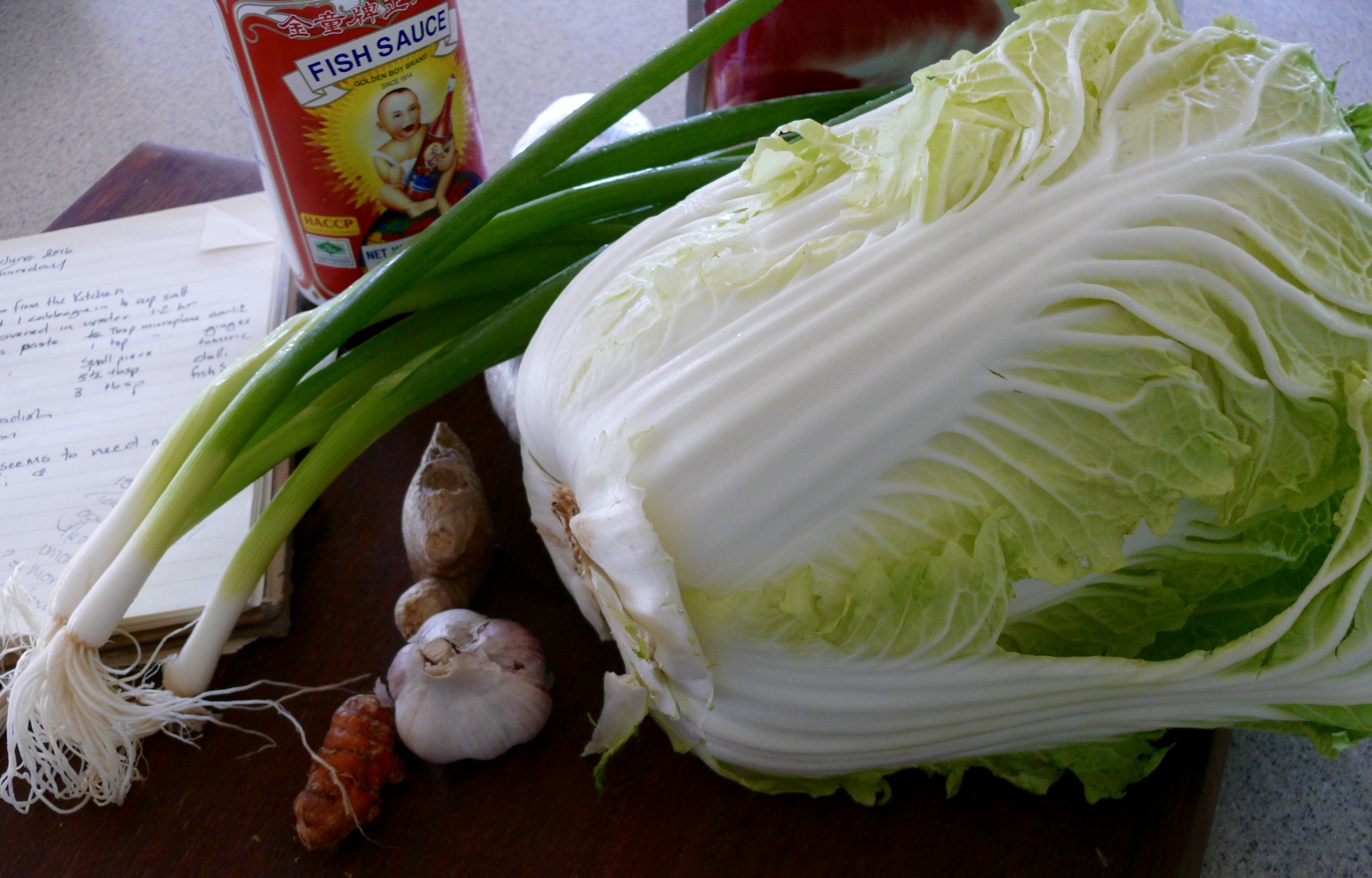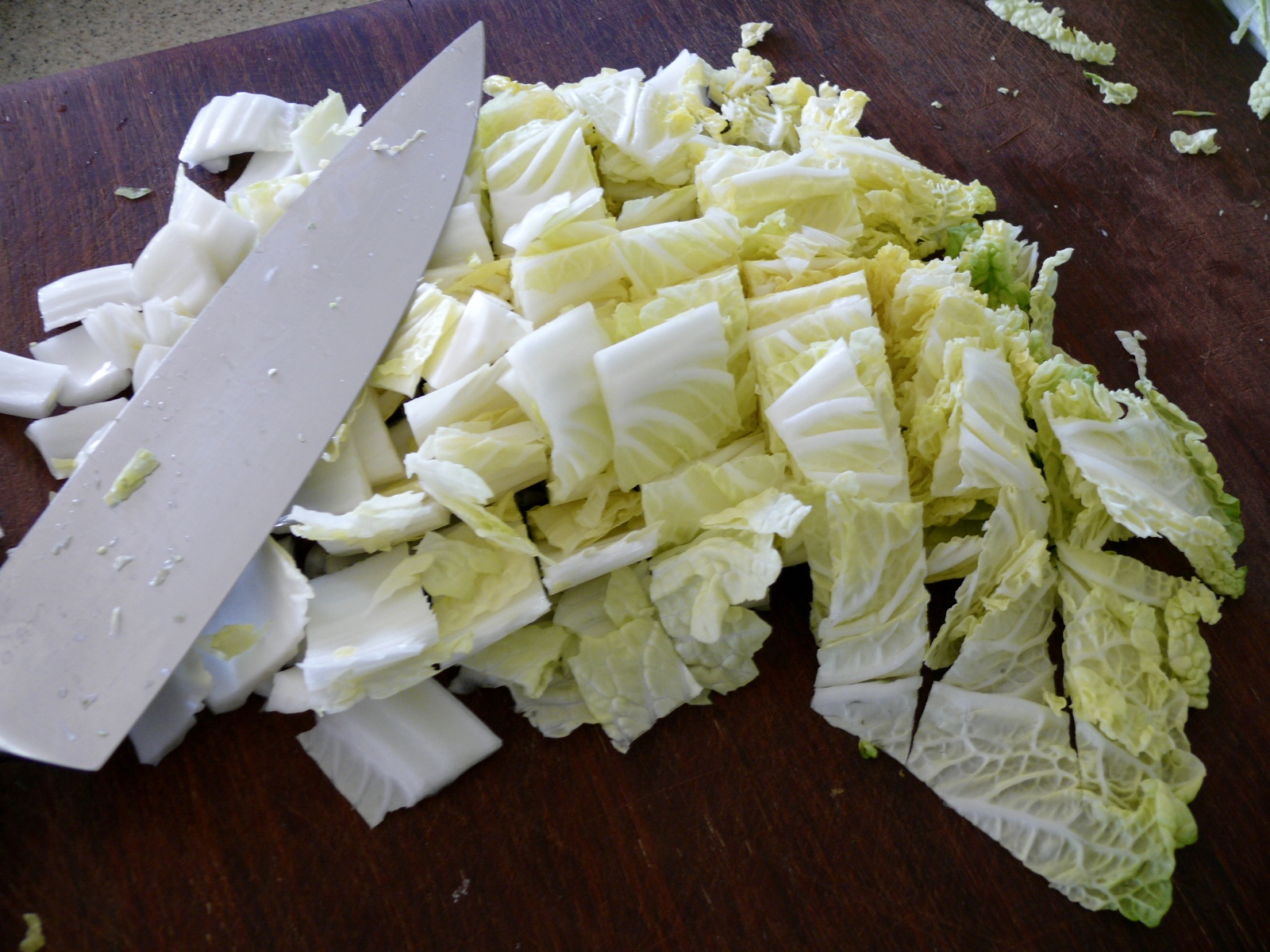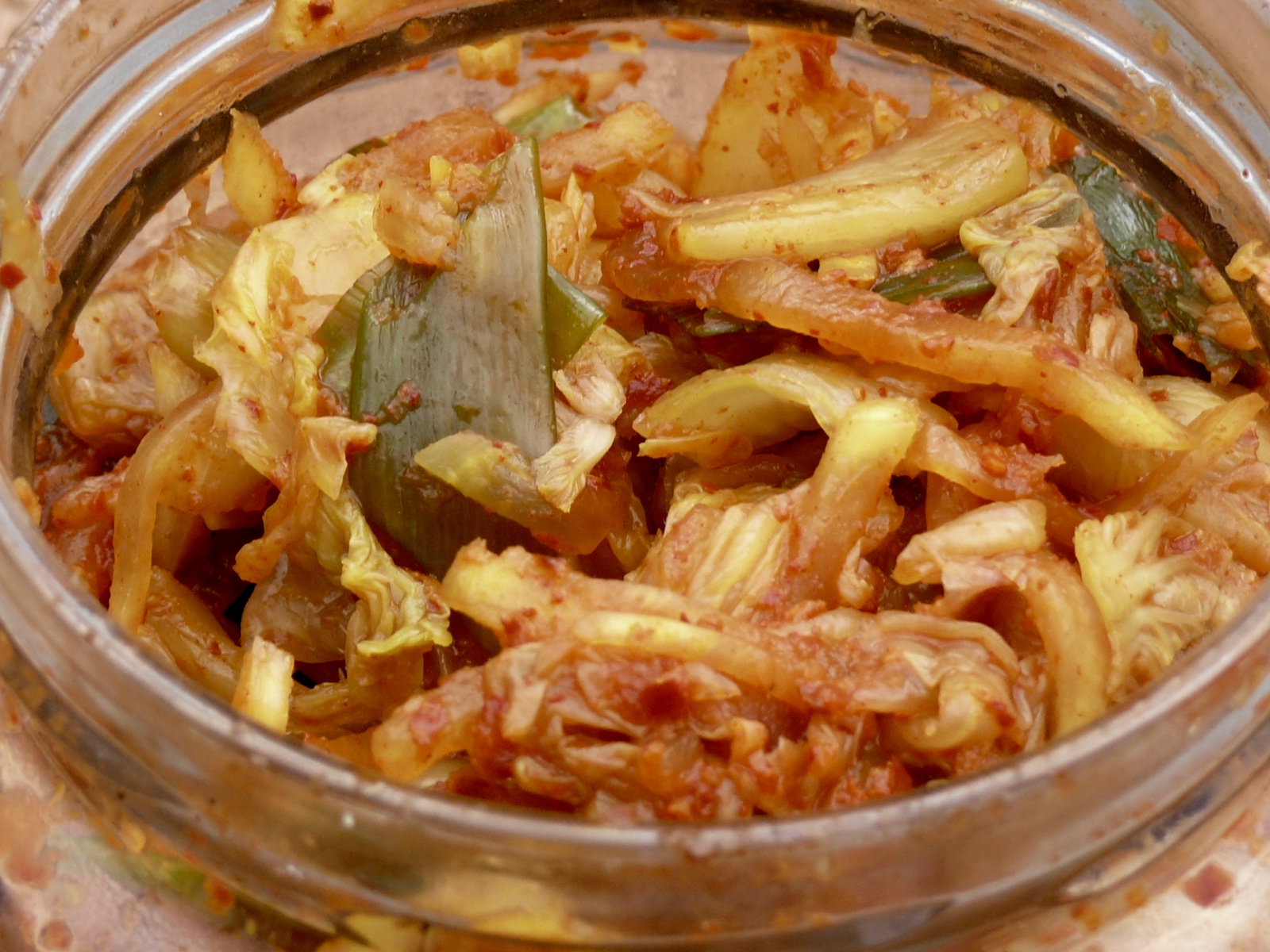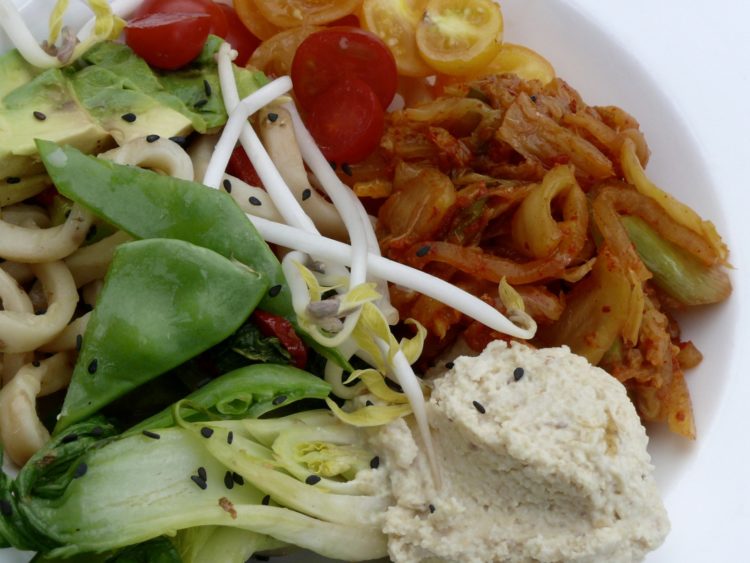 Spoiler alert, you can buy delicious Kimchi!
Spoiler alert, you can buy delicious Kimchi!
Locally made organic Kimchi absolutely delicious, and with all that fermented goodness. Authentic Korean Kimchi, found in the chillers at the Asian stores, is also delicious, not crazy expensive and worthy of sneaking to the fridge with a spoon and eating from the straight container (only when no one is looking of course!). The only problem with this last one is the ingredient list, which you need a magnifying glass to see and is still too confusing for me to say it is definitely what I want to eat. These are both delicious though and I have eaten them both with great joy.
Curiosity, quality control and a need to do it myself have led me to try and make my own. This has been a process, never catastrophic (no explosions as experienced with kefir and kombucha), a little smelly at times but always edible. At last though I feel I am on the right track and would like to share my latest brew recipe with you and in doing so save it for myself as well.
 MY SIMPLE EVERYDAY KIMCHI RECIPE
MY SIMPLE EVERYDAY KIMCHI RECIPEIngredients

Begin with your cleaned and trimmed cabbage. Save one large leaf to top your finished kimchi in the fermenting jar.
Cut into approximately 4cm/1inch squares and place in your large bowl with the salt.
Spend 4-5 minutes massaging the salt into the cabbage and breaking it down. It will start to release liquid as you do this.
Put a large plate on top of the cabbage with a weight on top of that and leave for at least one hour and up to 24 hours.
 Meanwhile make a spice paste with the next six ingredients.
Meanwhile make a spice paste with the next six ingredients.
Tip your salted cabbage into your sieve or colander to drain, and rinse under a tap to remove excess salt. Taste to check when the salt is correct, to your liking. Squeeze out excess liquid and tip back into your large bowl.
Using your gloves thoroughly mix in the spice paste, then add your vegetables and combine well.
Pack this mixture into your jar or jars, pressing down firmly as you go to release the liquids so that they cover your kimchi. Next put your extra cabbage leaf on top, this ensures the kimchi stays covered with the liquid. If your jar/jars are not very full you can put a weight on the leaf to keep the kimchi immersed . Screw the lid loosely on your jar.
Put the jar in the bucket and place it in a dark airy place where you won’t be offended by any cabbagy smells, I keep it in a spare bedroom but the garage may be a better option to keep family happy.
Leave to ferment for 3-5 days. Check daily, by removing the lid to allow any build up of gasses to escape. Fermenting times will vary according to the temperature. Taste from day three, it will start to get a little gassy or fizzy, as it ferments and the flavours become more complex. When you are happy with the taste seal the lid firmly, wipe down and put in the fridge.
I haven’t delved deeply into Korean cooking (yet), but still find lots of ways to enjoy kimchi, such as
- In a filled sandwich or wrap
- On the side of my salad bowl, even, in an unlikely pairing, beside my hummus!
- As a condiment at the table or barbecue beside your grilled tofu, cheese or meats.
- With fritters or latkes ……….
- In a toasted cheese sandwich, quesadilla, or taco.
- to spice up your breakfast eggs, fried noodles or rice
- Pretty much anything that needs a bit of a flavour boost with a little chilli.

